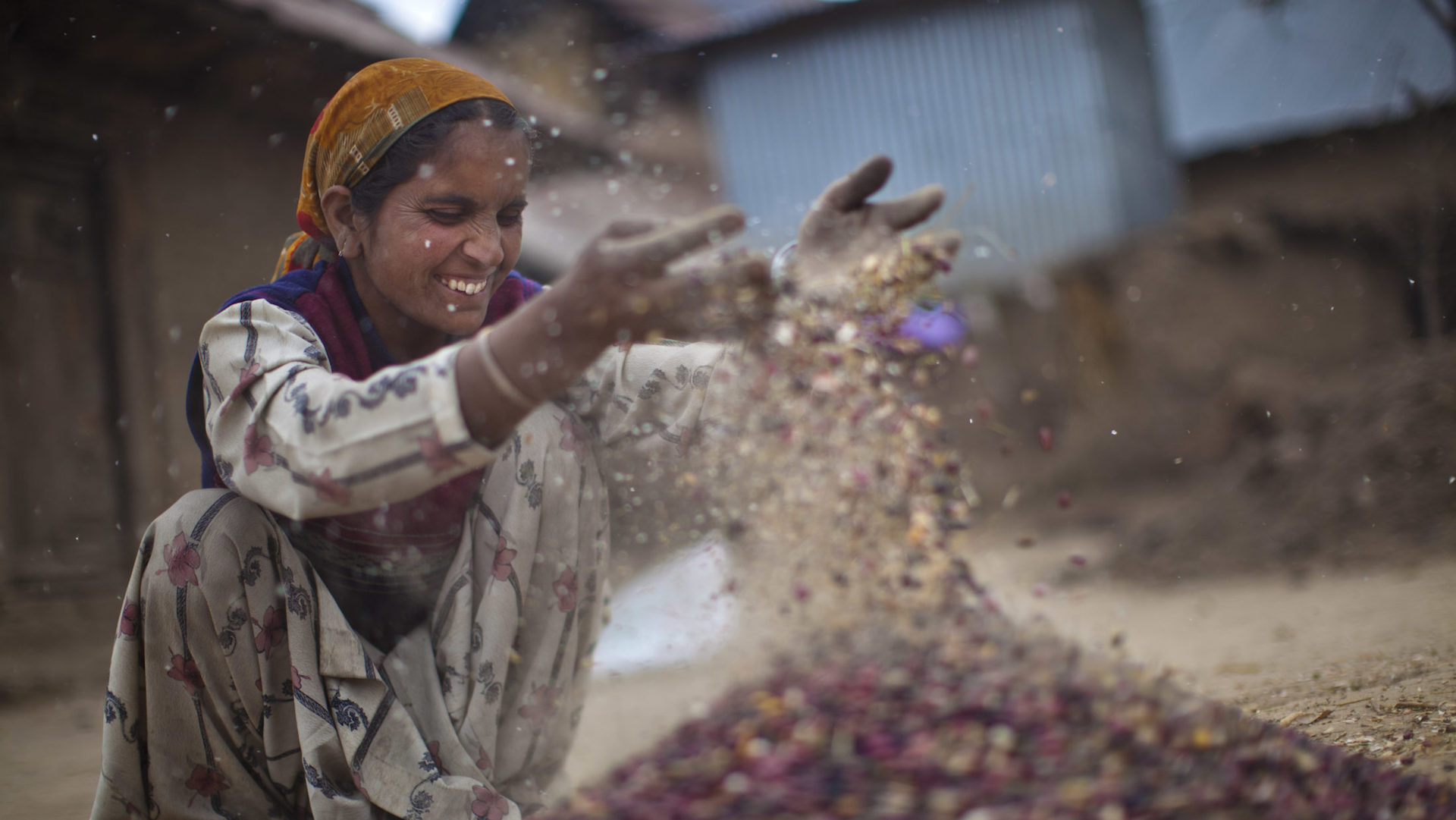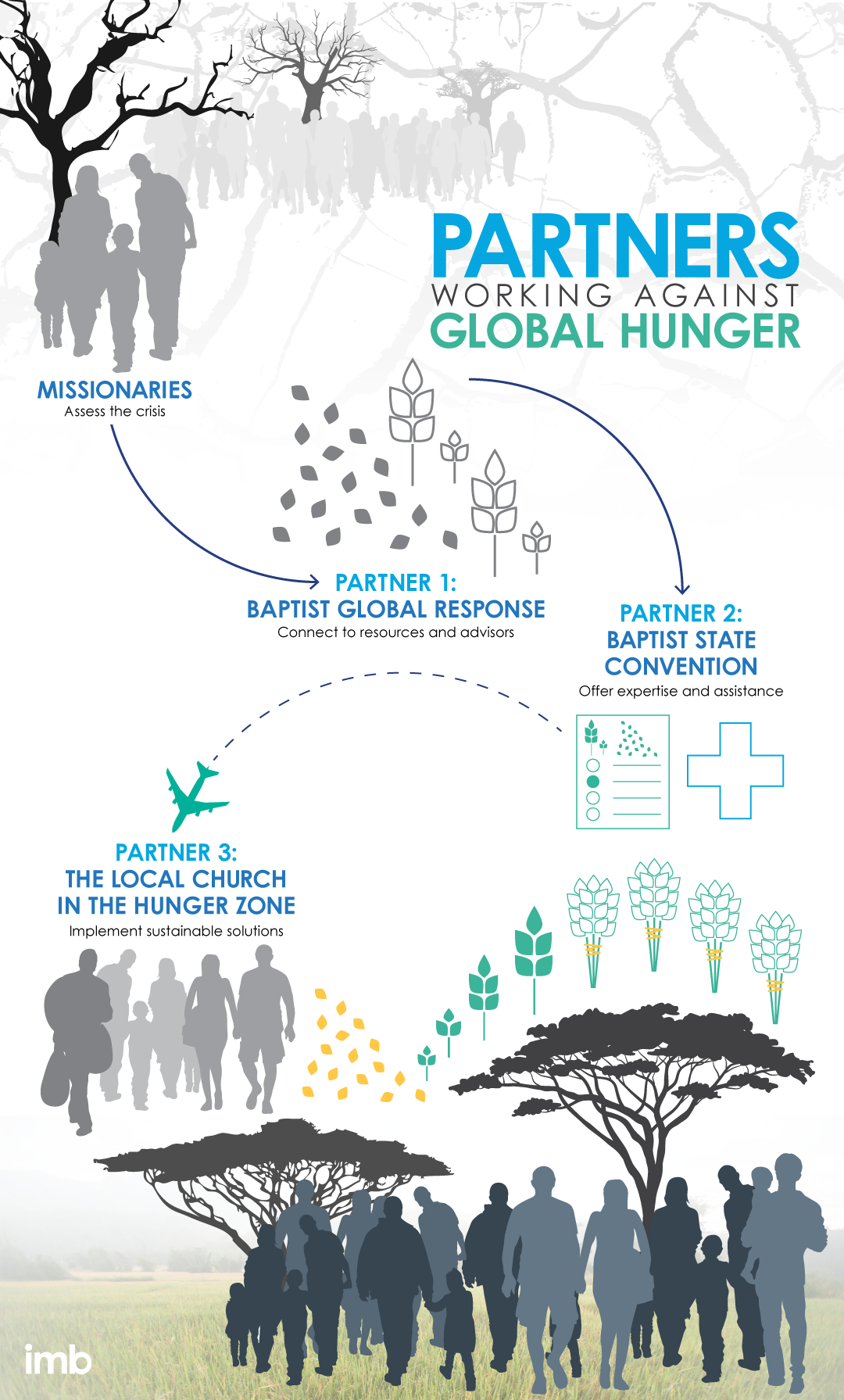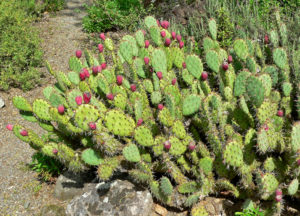
Take a look at this prickly pear cactus.
You may think it’s pretty, but making it a regular part of your diet would likely never cross your mind, right?
The prickly spines cause passersby to avoid touching the plant at all, much less put in their mouths. But it’s the only plant left that grows in the arid semi-desert of southern Madagascar, and when people are given the choice of enduring the cactus or succumbing to hunger, they go with the cactus.
Drought-related hunger has become an all-consuming reality of life in the area. The daily search for food and water has driven people to consume the seed saved for the next planting season, to sell off livestock, and to turn to the prickly pear as a main source of sustenance.
When we in the West learn of such dire realities, we often look at our plenty and feel compelled to do something . . . but what? Famine and hunger are two of the global problems we long to solve, but we rarely know how to be a part of the solution. We do what we can by writing checks, but something inside us yearns to be the hands God uses to deliver relief. With a solid, strategic partnership, that’s possible.
Those who are actually on the ground also know it’s a problem larger than what they are capable of solving. Missionaries Adam and Suzie Hailes watched this slow disaster unfold in villages in which they work. Overwhelmed by the 1.3 million people in the region affected with hunger-related issues, they weren’t even sure where to begin. They did know, however, they could do more in a team than they could alone, so they got to work building a partnership with others who could help.

Partner One: Baptist Global Response
The Hailes knew many reputable organizations work hard to provide hunger relief in Africa. They reached out to one in particular, Baptist Global Response (BGR), who helped them formulate a plan to offer food and seed to the most vulnerable people in the area. In order to help the Hailes implement the plan properly, BGR offered to connect them with nutrition and health experts to identify areas of urgent need and ensure relief met SPHERE standards. God in his sovereignty had been preparing a few such experts in Kentucky for such a task.
Partner Two: Kentucky Baptists
The Kentucky Baptist Convention has been partnering with BGR in Sub-Saharan Africa for some time on disaster response and community development projects. When they heard about an opportunity to assist the Hailes, the KBC disaster relief director handpicked a nurse and a nutritionist to accompany him to Madagascar to evaluate the situation and propose solutions. They visited several villages, spoke with community leaders, and saw the conditions firsthand. Their expertise and presence communicated to the Malagasy that the Hailes cared enough about helping to send professional, trained, well-informed people. Together with BGR and the Hailes, they crafted a strategy to begin serving those struggling with hunger in the area.
Partner Three: The Local Church
Their proposition, however, would have fallen woefully short in terms of sustainability without the involvement of the local church. The Malagasy Christians in the area helped the Hailes, BGR and the KBC learn what food items were most necessary and useful for improving health in the area. They surveyed the villages to identify the most needy, such as child-headed households, widows, and single and nursing mothers.
“The body of Christ is stronger when all parts work together.”
These believers became the backbone of the actual distribution of food aid. They owned the solutions, organized the distributions, and learned how to involve the communities in the effort. It gave them a vision for reaching out in their communities as the body of Christ. In one village, believers who received food chose to share it with another village that had not received any. Their generosity and testimony of the gospel led to the formation of a church where there had previously been none. This crucial, most celebrated component of hunger relief was entirely the doing of the Malagasy believers.
Working Together Is Complicated, but Necessary
Famine and hunger will likely remain a complicated, devastating problem for years to come. That reality makes it all the more imperative for Christians to seek wise, well-rounded partnerships that involve the right people for the task and always includes the local church. In this case, missionaries, U.S. volunteers, BGR, and Malagasy believers all worked together to meet a need and share the love of Jesus Christ. Their cooperation epitomizes the body of Christ that Paul described in 1 Corinthians 12. It’s complicated. Cultural differences sometimes muddy communication. Trust among all involved needs to form quickly. But the body of Christ is stronger when all parts work together.
Learn how your church can support famine relief and join others for Global Hunger Sunday on October 8, 2017. Donations given to Global Hunger Relief funded the Hailes’ hunger relief project in Madagascar and continues to fund others like it all around the world.
Jan Stewart has lived overseas for most of her life. She and her husband serve as BGR project coordinators. They have two sons, two dogs, three birds, millions of guppies, and a white mouse. Jan is actively campaigning to get rid of the mouse like she did the Madagascar hissing cockroaches. Don’t ask.


